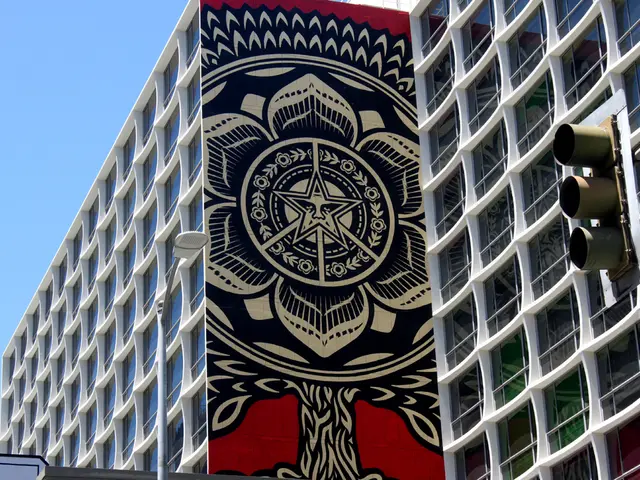Capital Market Disruptions: Blue Bonds Creating Waves
Blue Bonds, a sub-type of green or ESG bonds, are use-of-proceeds bonds designed to finance marine and ocean-based projects that contribute to the preservation of marine ecosystems and sustainable water resource management. These bonds are seen as a significant solution to address the underfunding of Sustainable Development Goal (SDG) 14: Life Below Water.
Key Steps for Issuing a Blue Bond
Issuing a blue bond requires a structured approach, with key steps including:
- Develop a Blue Bond Framework: This involves setting criteria for eligible projects that align with environmental goals and sustainability standards, often referencing international guidelines like the Green Bond Principles adapted for blue finance.
- Define Use of Proceeds: Proceeds must be earmarked for projects that preserve ocean health or improve water resource management, such as conservation, sustainable fisheries, wastewater treatment, and clean transportation related to water.
- Stakeholder and Regulatory Coordination: Engage government bodies, financial regulators, investors, and sustainability experts to ensure fiscal soundness, alignment with broader environmental goals, and market confidence.
- Third-Party Review and Certification: Obtain independent verification of the framework and impact measurement to strengthen credibility and investor trust.
- Issuance of the Bond: The bond is marketed and sold to investors, with terms that reflect both financial return and environmental impact goals.
- Ongoing Reporting and Impact Monitoring: Issuers commit to transparent allocation reporting and measuring environmental outcomes to verify that funds are used as intended and goals are met.
Types of Projects Typically Funded by Blue Bonds
Typical projects funded by blue bonds focus on marine and water-related sustainability, such as:
- Marine conservation and protection of biodiversity in oceans and coastal areas
- Sustainable fisheries management to ensure long-term viability of fish stocks
- Wastewater collection and treatment to reduce marine pollution
- Desalination plants to improve water supply resilience
- Water production and supply infrastructure for clean and affordable water
- Renewable energy projects linked to water systems and clean transportation to reduce environmental footprint
These projects contribute significantly to marine ecosystem preservation and sustainable livelihoods, aligning with SDGs related to water (SDG 6), energy (SDG 7), and life below water (SDG 14).
Notable Examples and Future Prospects
Debt-for-nature swaps have been utilized by several countries, including Seychelles, Indonesia, Colombia, Gabon, Belize, and Barbados, to issue blue bonds. The United Nations recommends that issuers of blue bonds align their proposed issuance with existing global standards and blue bond-specific guidance, such as the Green Bond Principles.
The blue bond market is expected to grow significantly, with the blue economy projected to double in size to U.S.$3 trillion by 2030. However, the debt-for-nature swap structure, while offering unique benefits, is more complex and expensive to implement compared to the traditional use-of-proceeds blue bond structure.
Investors in blue bonds include high-net-worth individuals, venture capital firms, and investment banks. Organisations like The Nature Conservancy have facilitated blue projects through debt-for-nature swap structures.
In conclusion, blue bonds offer a promising avenue for financing ocean and water sustainability projects, addressing the underfunding of SDG 14, and contributing to economic, social, and environmental benefits for all stakeholders.
- To further enhance the environmental impact of blue bonds, investors could explore opportunities in environmental-science research focused on climate change, as this can help develop innovative strategies for sustainable water resource management.
- Businesses involved in sustainable fisheries and aquaculture could find benefits from investing in blue bonds, as these funds can help them finance projects that ensure long-term viability of fish stocks and contribute to the preservation of marine ecosystems.
- As the blue bond market expands, financing platforms and innovative financial products like impact investment funds and environmental catastrophe bonds could emerge, offering new opportunities for investors seeking to combine financial return with societal and ecological benefits.







